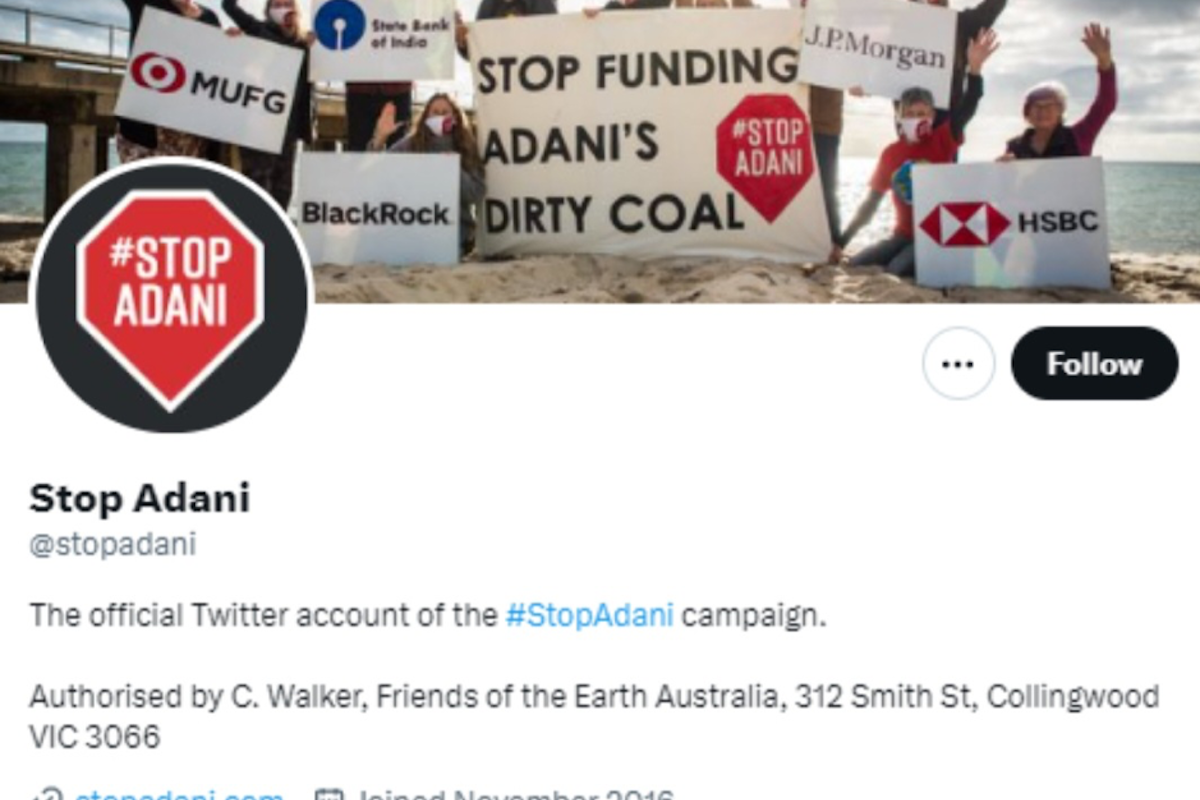On 25th January, short-seller Hindenburg Research published a report beginning a series of well planned and co-ordinated attacks on the Adani Group.
Soon enough, George Soros the 92 year old speculator billionaire joined the issue of attacking the quality of India’s democratically elected polity. Best known for his attack on the British pound in 1992 he has since used his billions to fund political and public causes in more than 120 countries around the world. In 1997, he made huge bets against the Thai and Malaysian currencies and precipitated the Asian financial crisis that brought down economies of Indonesia, Thailand, South Korea and Malaysia. This also brought about regime changes in some of those countries. Soros is hoping that the Ukraine war will bring down Putin and Russia. With national elections round the corner, Soros is also hoping that such coordinated attacks will bring in a regime change in India.





